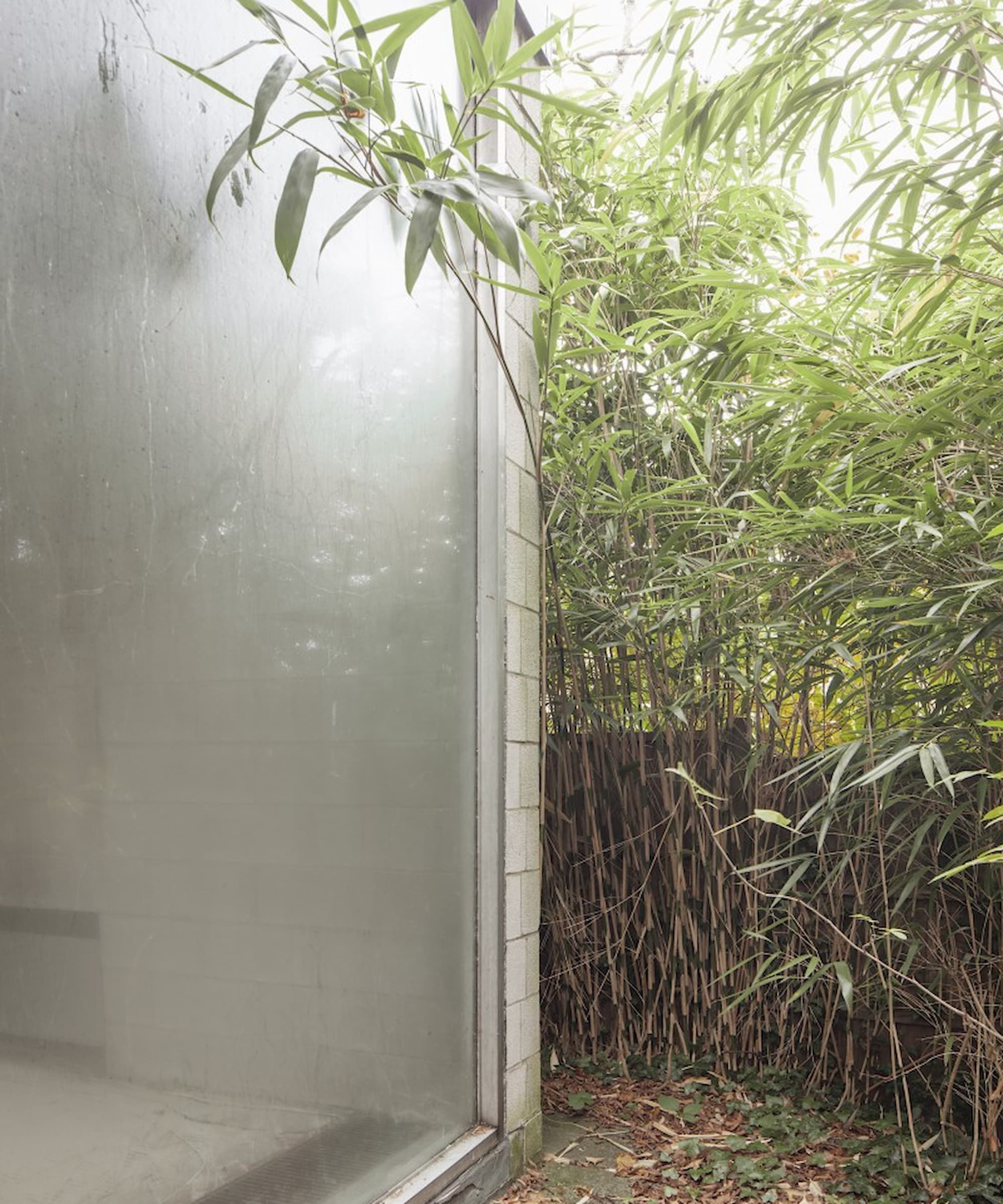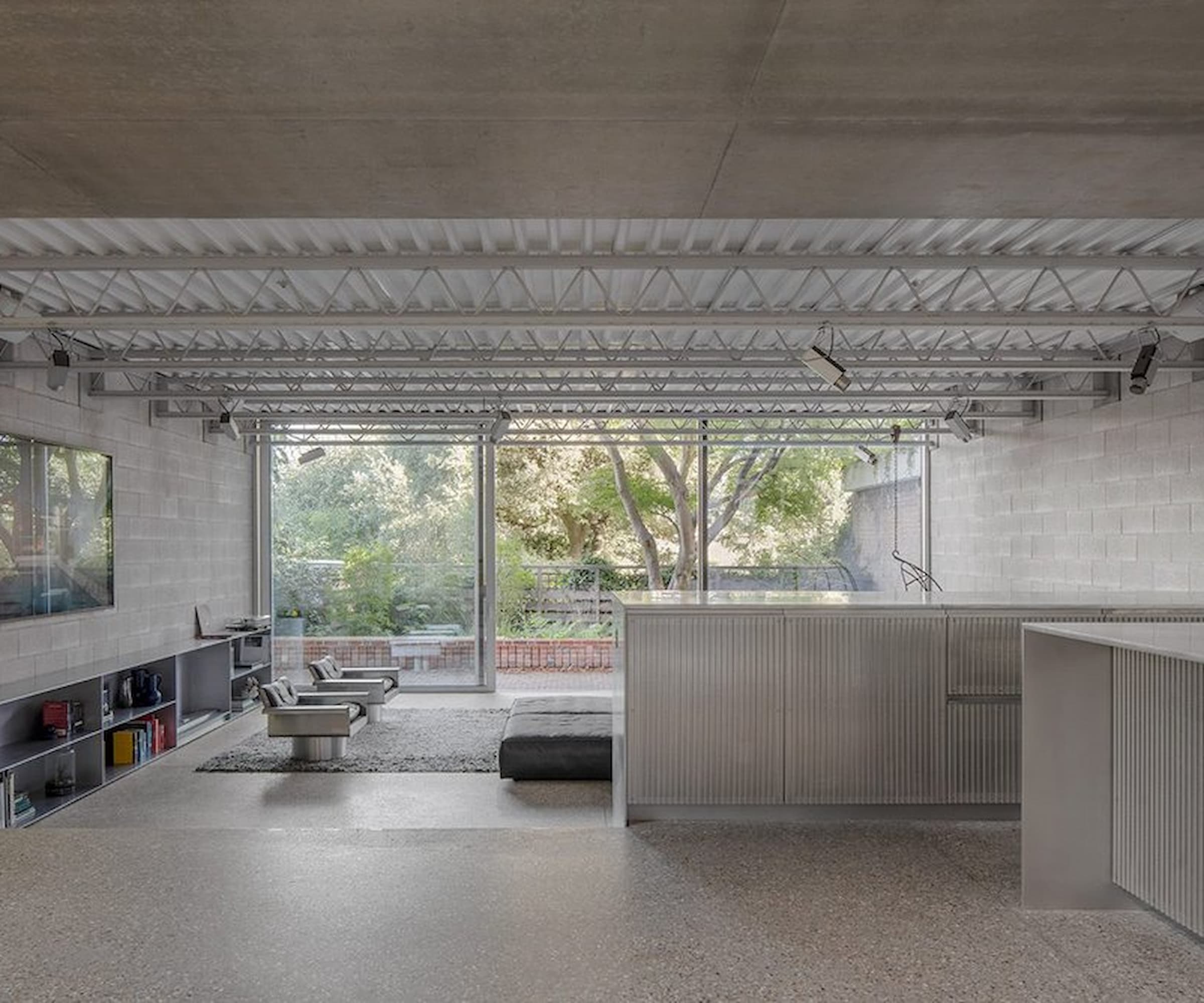Tucked away behind a Hampstead pub, a once-forgotten Victorian coach home has undergone a surprising transformation.
Initially prolonged by Norman Foster in 1968 together with his signature minimalist fashion, the property has been revitalised by Gianni Botsford Architects right into a four-story residence.
The architects mentioned their intention was to mix Foster’s iconic steel-and-glass extension and “create a reciprocal relationship”, while additionally placing their very own stamp on the property.
The home was appropriately named “The Reciprocal Home” and we take a look at the home earlier than and after to see how they renovated it and the distinction it made.
Renovation of rundown, historic coach home
Picture 1 of 4




In 1968, Norman Foster prolonged a Victorian coach home in Hampstead, London, including a light-weight construction with metal, concrete blocks, and large-span glazing, exemplifying his easy and environment friendly design fashion.
Over 5 many years later, Gianni Botsford Architects undertook a major redevelopment of the property, remodeling it from a rundown property with a backyard with overgrown bamboo to a contemporary trying residence.
In line with architect Gianni Botsford, the undertaking concerned changing the coach home with a brand new four-story construction whereas retaining Foster’s iconic extension.
Convey your dream residence to life with knowledgeable recommendation, the right way to guides and design inspiration. Join our publication and get two free tickets to a Homebuilding & Renovating Present close to you.
“Our intention was to create a reciprocal relationship with the facility and ease of the extension however permit our undertaking to have its personal id and architectural language,” he defined. The brand new construct sits on the identical footprint as the unique coach home however extends vertically to accommodate further flooring, together with a basement.
Angled aluminium ‘sails’ complemented by renovation
Picture 1 of 3



The Foster extension, characterised by its uncovered concrete blocks, metal beams, and large-scale glazing, was rigorously preserved and refurbished.
Botsford sought to enhance these parts with a equally minimalist method within the new construction. “The palette of uncovered in-situ concrete and perforated aluminium partitions displays Foster’s affect, mixing previous and new with precision,” Botsford added.
Externally, the brand new design integrates a collection of perforated aluminium “sails” positioned at numerous angles, subtly recalling the angles of each the unique coach home and Foster’s extension.
Picture 1 of 5





Internally, bespoke options like spiral staircases and aluminium-crafted furnishings proceed the theme of simplicity, with Botsford emphasising that the home balances openness with privateness.
“Every flooring has a definite character, and rooms may be opened or closed relying on the time of day or who’s residence,” he mentioned.
A key problem for the design group was making certain the home maintained a way of privateness whereas maximising mild and views.
Botsford famous: “The undertaking required cautious consideration of daylight, views, and privateness, utilizing options like a big skylight to attract air upwards, cooling the home naturally in summer time.” The home can be energy-efficient, with an all-electric system, air supply warmth pumps, and water recycling options.
Botsford concluded: “Reciprocal Home offers a mannequin for adaptive reuse, balancing retention and alternative, very like a species of plant adapting to its atmosphere.”